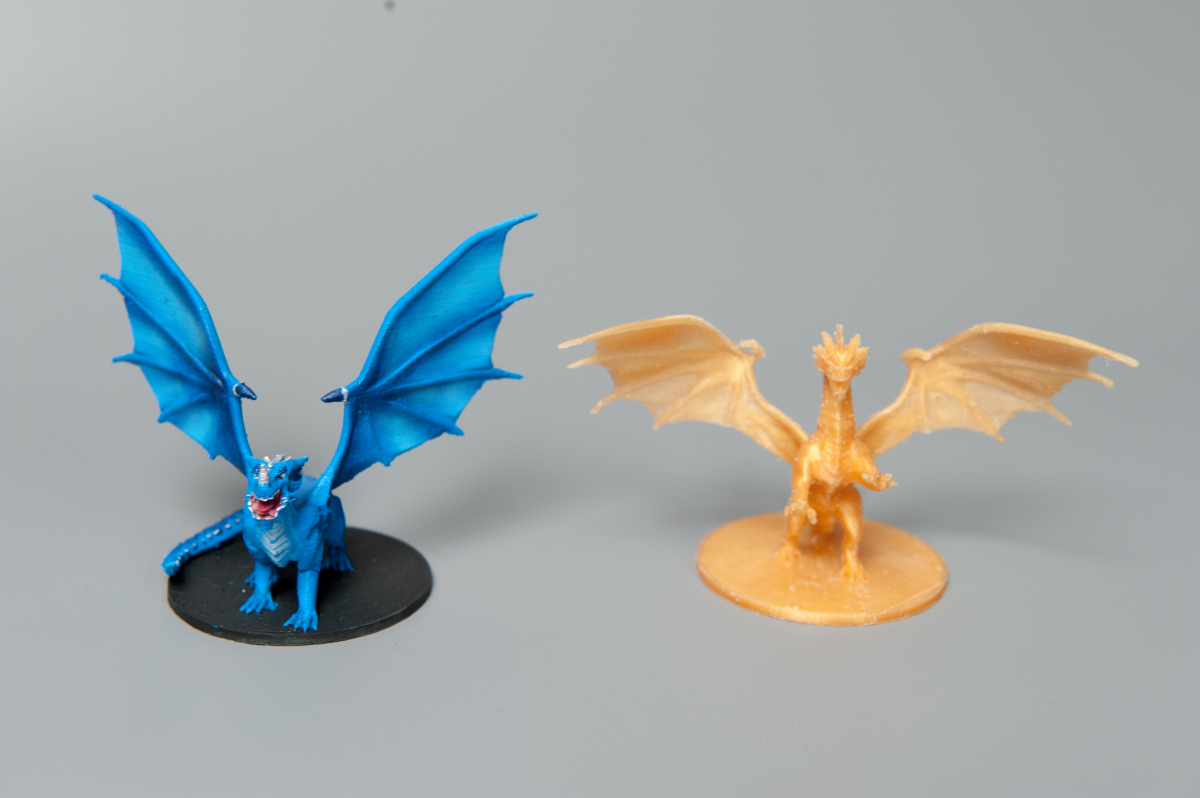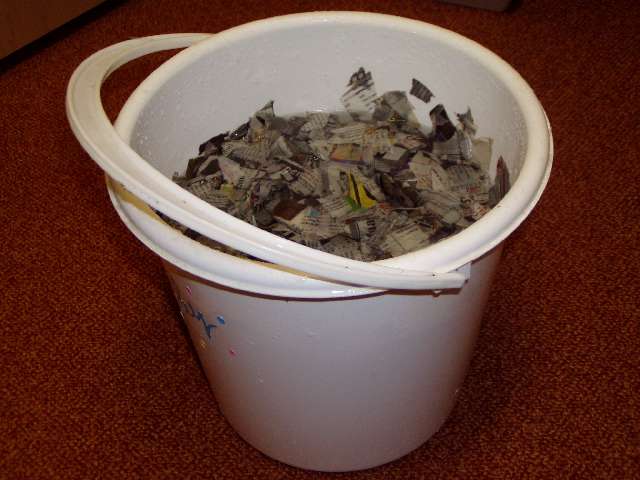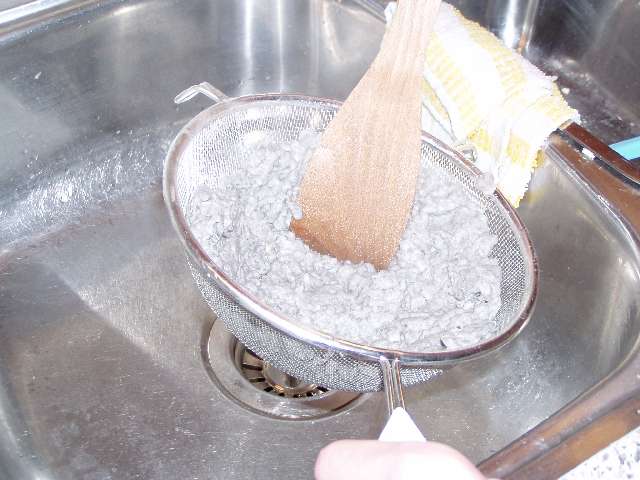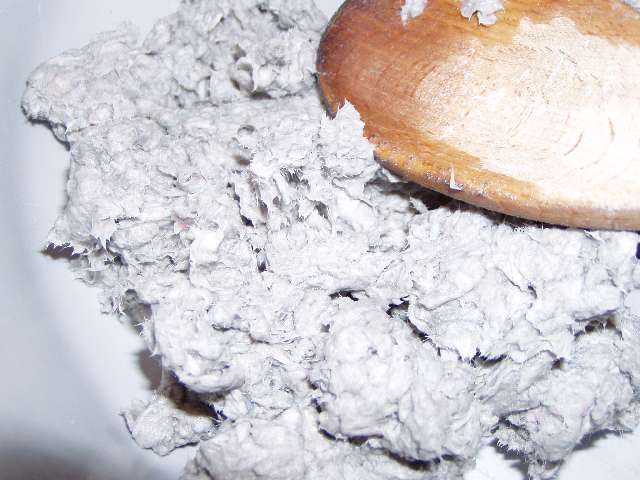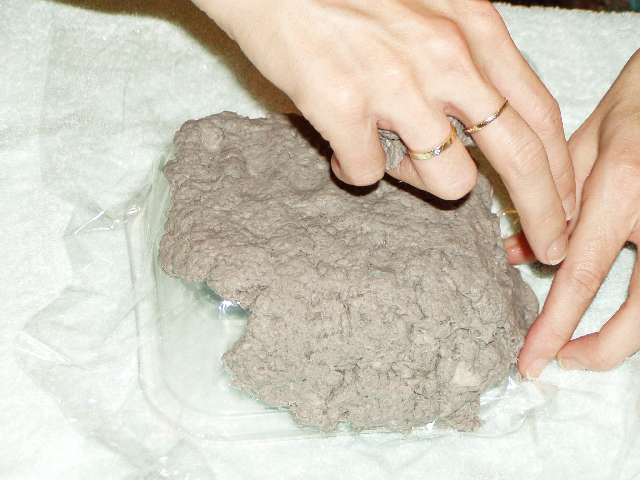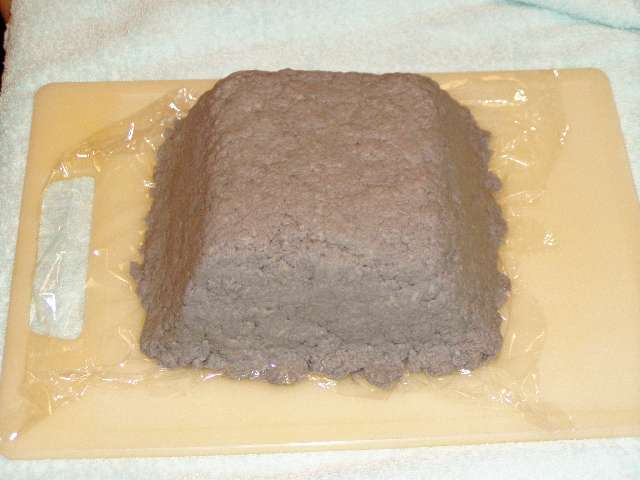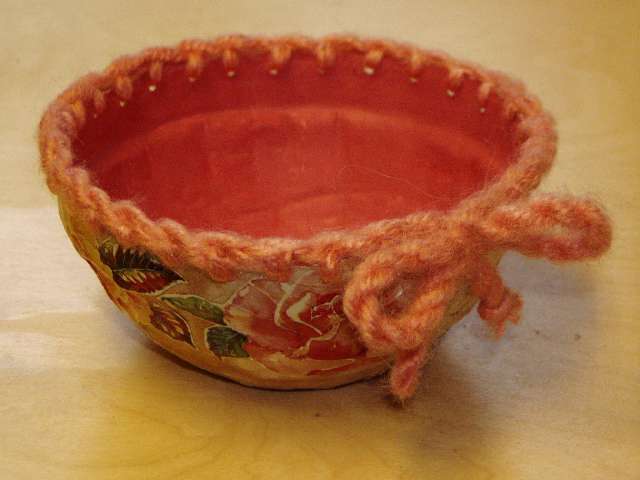The method using paper pulp.
Paper-maché pulp is made by shredding and soaking paper (such as newspaper), causing it to fall apart. Additionally, glue is added. While it's still soggy, the piece is shaped, possibly using a mold or form. Once the paper-maché has dried, the work is finished.
Supplies needed for making pulp:
- Half a bucket of hand-torn pieces of paper
- An old saucepan
- Wallpaper paste, flour-based glue, P.V.A. glue, white craft glue, or wood glue
- A plastic bowl
- A colander
|
Procedure for making pulp:
- Soak torn pieces of paper measuring 1.5 x 1.5 cm in water overnight.
- Then, place it in the old pan and fill it almost to the top with water.
- Boil the paper for a minimum of 30 minutes to loosen the fibers.
- Let it cool down a bit and mash it in the pan with a whisk until it becomes a pulp.
- Scoop the mixture out of the pan and let it drain in a colander or fine sieve. Squeeze out the water by pressing the pulp together with your hands. Remove as much water as possible because you need a mixture that can be easily kneaded into a shape. It shouldn't be too wet but also not too tough!
- Transfer the compressed pulp to a bowl and let it cool down a bit more if it's still too warm to knead.
- Add 4 spoons of craft glue or 3 spoons of wallpaper paste and mix well.
- If the pulp feels too tough, spray it with water using a plant sprayer or add some more glue.
- Continue kneading. The pulp should now feel like clay and can be used.
|
Types of pulp:
- Thin paper: tissue paper, crepe paper, paper tissues, and toilet paper provide a fine, porcelain-like pulp.
- Newspaper: also yields a workable pulp.
- Egg cartons: produce sturdy, rough pulp.
You may need to experiment with these to achieve different textures for your papier-mâché object. Pulp can be molded into almost any shape and is lightweight and strong. Objects made from pulp take much longer to dry than those made from strips of newspaper.
|
Papier-mâché can be used without a mold, but it makes it a difficult and fragile material to handle. Various objects can be used as molds, such as:
- Balloons: These can be removed after drying by quickly deflating them, if accessible.
- Bowls or dishes: These should be coated with a layer first.
- Baking molds
- Balls
|
To prevent the papier-mâché from sticking to the mold, it should be coated beforehand. This can be done with:
- Vaseline
- Oil (sunflower oil)
- Wax cream
|
These products should all be applied thinly as they leave a layer on the workpiece. Other options are:
- Cling film; this does not leave a layer but does leave a somewhat wrinkled impression.
- Wet paper; so not wet with glue, but with clean water.
You can also wrap the papier-mâché around a frame. This frame can then no longer be removed. You can use all kinds of materials to make a frame. Some possibilities:
- Boxes; are often useful basic shapes.
- Aluminum foil; this is easy to model around, for example, electrical wire.
- Newspaper wads; these can quickly fill a large volume.
- Mesh; sharp points are bent inward so that there are no sharp protrusions that can poke through the newspaper or pulp later.
- Electrical wire; this allows you to easily create arms and legs in the correct position.
- Cardboard; this allows you to easily attach ears or handles to pots.
- Plastic packaging material; is available in various shapes.
- Wood; makes your frame a bit sturdier.
- Metal wire; is available in various thicknesses.
Make your frame from the necessary materials. Stick these together with glue or tape, and cover them with several layers of papier-mâché.
|
Finishing details:
- You can paint objects made of papier-mâché quite effectively. If you finish them with acrylic paint, they become less vulnerable to water. However, wait until the papier-mâché is completely dry before painting. Once the artwork is painted in the desired colors, you can apply a layer of varnish. Water-based or waterproof varnish is available in various types, from matte to glossy.
- Objects made of papier-mâché can also be finished with a layer of colored tissue or crepe paper. This creates a beautiful deep color in places where the edges of the paper overlap.
- Decoupage is the art of decorating a surface with printed paper, illustrations from newspapers, magazines, etc. You cut out the shapes, glue them onto a prepared surface, and then apply a few layers of varnish. The result resembles inlaid or painted work.
- Adding reliefs under the final layer of paper or pulp can create a unique effect during finishing. You can use various materials for this purpose: strings, seeds, beans, plastic figurines, shells, beads, lace, fabric, fabric flowers, leather, glass, mirrors, and so on.
|



